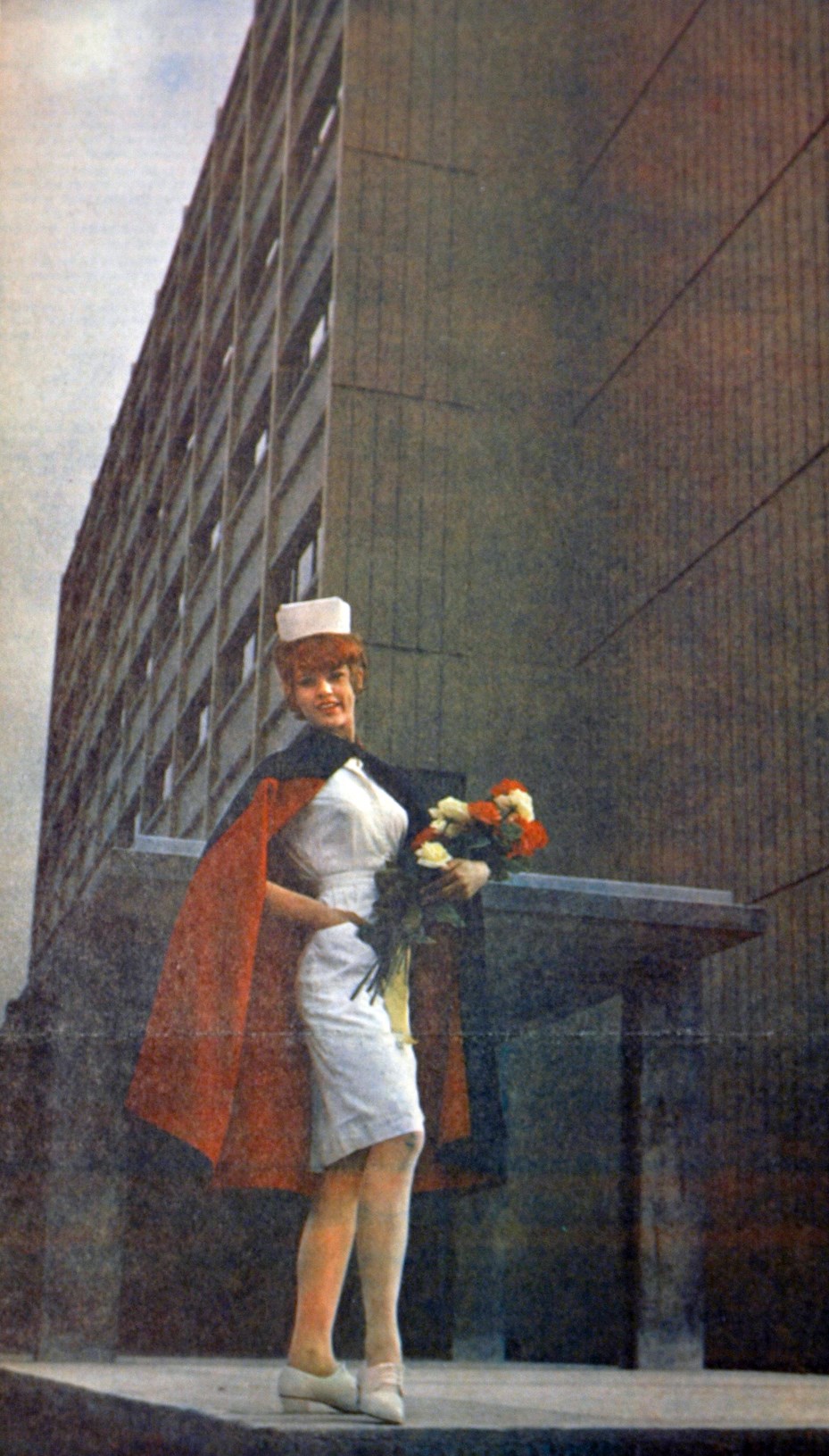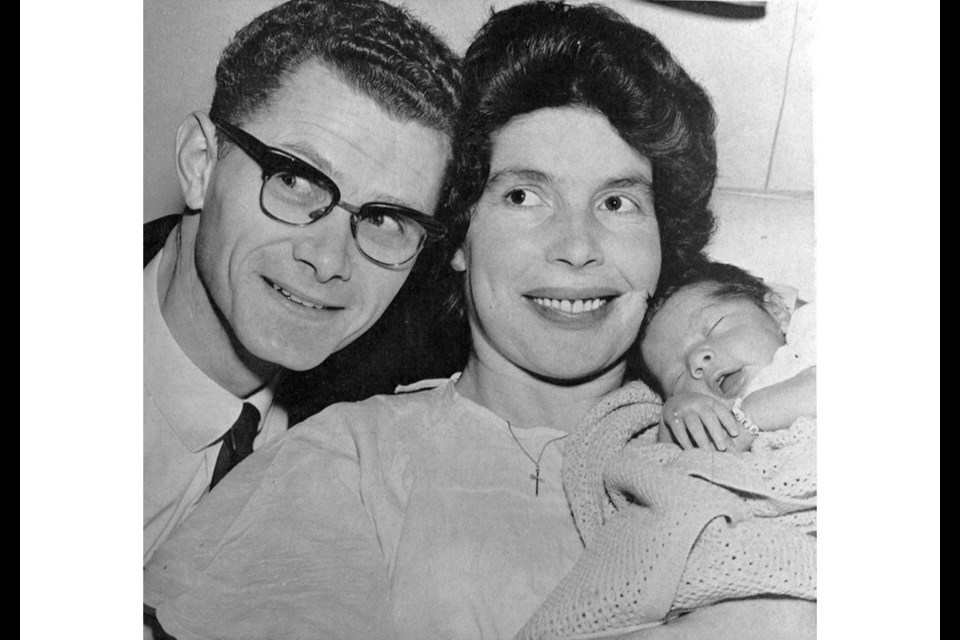Bob de Boer is about to turn 50 — and so is the Richmond institution where he made his debut.
On March 17, 1966, Nelly de Boer gave birth to “Bobby” at Richmond Hospital. Described as a “husky eight pound, seven ounce infant” at the time, he was the first baby born at Richmond’s new hospital.
“I was the first patient, the first mother at the hospital,” said Nelly, 82, in an interview. “It was a beautiful hospital. Everything was very nice and clean.”
Local merchants showered the family with gifts — including diaper service — valued at $300, according to a report at the time.
For Bob, now a heavy-duty mechanic who lives in Surrey, the “husky” description didn’t stick.
“I was always a scrawny kid. I’m probably the smallest of all my brothers,” he said.

The facility officially opened as Richmond General Hospital on Feb. 27, 1966 with 132 beds and room for 29 newborns. Doctors began admitting patients within weeks.
At the opening ceremony, the program — a copy is kept by the City of Richmond Archives — called the $3.5-million hospital “a monument and an indication of the wishes of the people of Richmond to render to their fellowmen the best possible service during times of need.”
So monumental was the hospital that The Richmond Review published its first ever colour photo ahead of opening day. The image featured “beautiful” nurse Lynne Jonasson posing with flowers in front of the new building.
Coverage of opening day led with the headline, “Thousands brave icy winds to tour new hospital.” In his speech, Mayor Henry Anderson followed the theme of the ceremony program.
“This building represents much more than concrete and steel, and will stand as a perpetual monument to man’s humanity to man,” Anderson was quoted as saying.
Canada’s then health minister Eric Martin told the crowd that Richmond now boasted the most modern hospital in North America. Indeed, the hospital was high-tech by 1960s standards.
A bedside paging system for patients, a giant X-ray machine capable of producing images in 90 seconds and electric-powered elevated beds were a few of the modern features. Operating rooms were said to be among the largest in the region, and Richmond was also first in Canada to have new dictation equipment for medical records that didn’t require changing belts, tapes or discs.
The maternity ward devoted space for a so-called “father’s waiting room.” Husbands were permitted to be with their wives during labour, but access to the delivery room was tightly controlled. Although some hospitals in North America were now allowing men to be with their partners during delivery, such practice was “highly unlikely” in Richmond, a nurse-in-charge said at the time.
Dr. Doug Clement was practising in Richmond at the time the hospital was built. His No. 3 Road office included Dr. John Varley and the late Dr. Dick Talmey. They had patients in almost every hospital in Metro Vancouver.
Clement said he spent entire mornings to make his rounds, travelling between Vancouver General, St. Paul’s, St. Vincent’s and Burnaby General hospitals.
“The establishment of the (hospital) was a revolutionary change for the people of Richmond and the medical team,” he told the Richmond News.
Getting Richmond a hospital wasn’t easy. Citizens banded together to form the Richmond Hospital Society and spent 13 years trying to convince governments to build it. Richmond voters would ultimately turn the dream into reality through a referendum, voting 90 per cent in favour of the community contributing part of the capital cost.
For his work, the society’s first president, Fred Aberdeen, received an engraved cigarette case at the opening ceremony. The same honour was bestowed upon Dr. Talmey, who also played a key role.
Richmond Hospital will host a 50th birthday celebration on Friday, Feb. 26 from noon to 1 p.m. in the hospital atrium. The public event will include speeches and goodies — but no cake, as the sharing of unwrapped food is a no-no during flu season, according to organizers.



